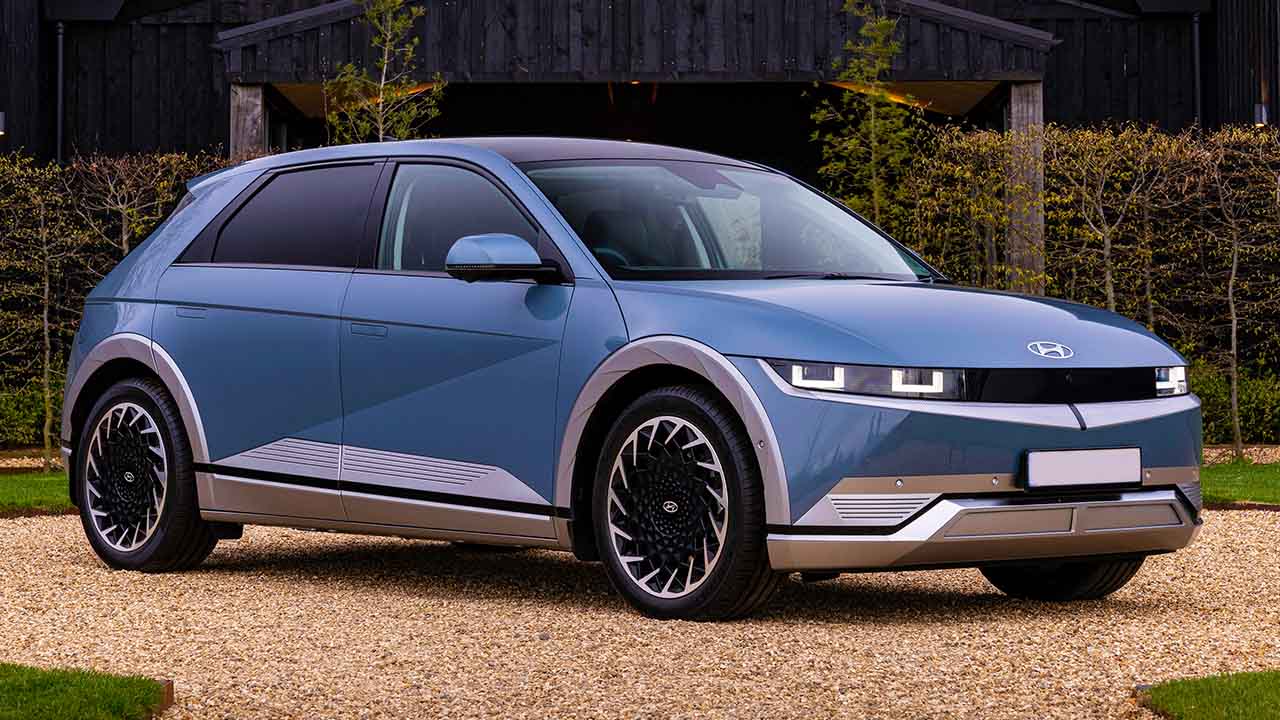The winners of the World Car Awards for 2022 were recently announced at an event held during this year’s auto show.
Pure-electric vehicles won the majority of the coveted prizes, indicating how the world’s automotive marketplace is changing from combustion to electrification and demonstrating how emission-free autos are equal to or better than their gasoline or diesel equivalents.
The Hyundai Ioniq 5, an all-electric SUV from the Korean automaker, won the top accolade, ‘World Car of the Year’. The futuristic Ioniq 5 received two more honours, including World Electric Vehicle of the Year and World Car Design of the Year.
Launched in 2004, the annual ‘World Car Awards’, is now in its 18th year. As per Cision Insights’ 2021, it is the world’s number one award event in terms of media reach and analysis of twenty-five main worldwide markets for the ninth year in a row.
The jury for this year’s awards comprises 103 expert automotive journalists from across the world who are tasked with evaluating, comparing, and selecting the finest car in each class.
iF Design Award 2022
Hyundai’s designs also won nine awards at the prestigious International Forum (iF) Design Award 2022.
Since 1954, the iF Design Award has recognised outstanding designs of the year. Along with the ‘Red Dot Award’ from Germany and the Worldwide Design Excellence Award (IDEA) from the United States, it is one of three international design honours.
Hyundai Motor has won the iF Design Award for the eighth year in a row, honouring the automaker in a variety of categories, including Product, Professional Concept, Interior Architecture, and Communication.
Read more: Honda to discontinue Insight next year, confirms production of Civic and CR-V hybrid
The multi-purpose vehicle (MPV) from Hyundai Motor, STORIA, which was recently launched in Pakistan, underlines Hyundai’s global product design prowess. It has the outside of a futuristic spacecraft and the cabin of a roomy and pleasant vehicle for the driver and occupants. Lesser beltlines and panoramic side windows are influenced by traditional Korean ‘Hanok’ architecture.







